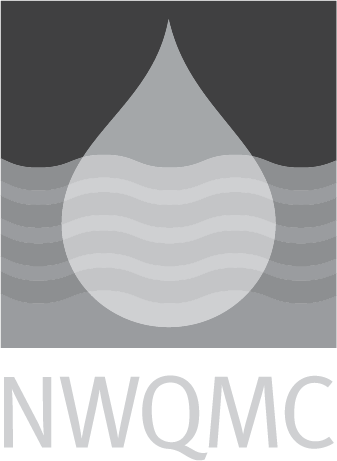Standard Methods: 3030 J: Dry Ashing of Metals Samples
|
Official Method Name
|
Dry Ashing of Samples |
|---|---|
|
Current Revision
| Standard Methods Online |
|
Media
|
WATER |
|
Instrumentation
|
Preparatory Procedure |
|
Method Subcategory
|
Sampling/Preparation |
|
Method Source
|
|
|
Citation
|
|
|
Brief Method Summary
|
When using more than 100 mL of sample during digestion, determine recovery for each matrix to verify method validity. Transfer well-mixed sample onto a platinum or high-silica evaporating dish. Evaporate to dryness on a steam bath. Place dish in a muffle furnace and heat sample to a white ash. If determining volatiles, maintain heat at 400 to 450 degrees C. If determining only sodium, ash sample at 600 degrees C. Dissolve ash in a small amount of concentrated HNO3 and warm water. Filter diluted sample and adjust to a volume so that the final HNO3 concentration is 1 percent. Dry ashing yields are highly variable and should be used only on samples that have been shown to yield acceptable precision and bias. |
|
Scope and Application
|
This method is applicable to the dry ashing of waste and wastewater samples. |
|
Applicable Concentration Range
|
|
|
Interferences
|
Metals introduced during preliminary treatment from equipment common to environmental labs. |
|
Quality Control Requirements
|
Check reagent grade acids for purity. Process blanks through all digestion and filtration steps. |
|
Sample Handling
|
Collect sample in plastic or glass container which has been rinsed with 1+1 HNO3. Adjust the pH of the sample to < 2 with HNO3. For dissolved metals, filter samples immediately. Analyze within 6 months. |
|
Maximum Holding Time
|
6 months |
|
Relative Cost
|
Less than $50 |
|
Sample Preparation Methods
|




